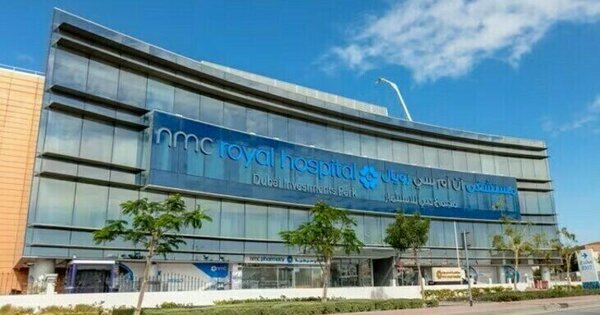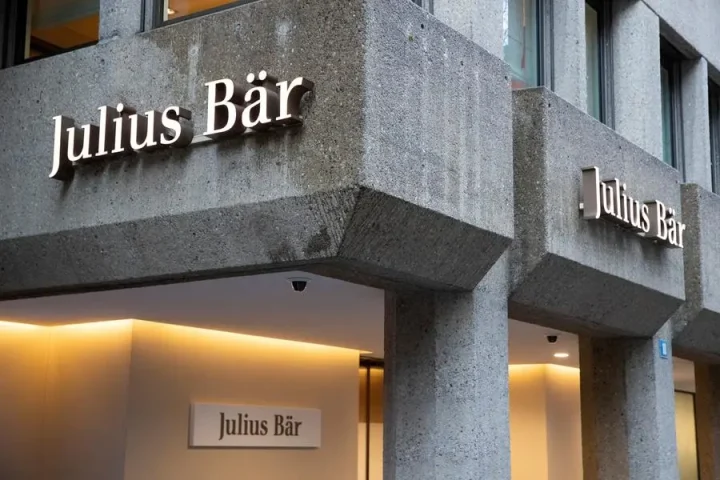Dubai’s property market continued to evolve in the first half of 2025, showing a clear contrast between the retail and warehouse sectors. According to a Cavendish Maxwell report, retail activity softened slightly, while warehouses experienced record growth, underlining Dubai’s strategic importance as a logistics hub.
Retail Sector Faces Mixed Momentum
The Dubai property market saw retail sales drop 17.3% in volume and 1.8% in value compared to last year, mainly due to slower off-plan activity. However, ready retail assets gained momentum, with sales volumes rising 13.2% and values jumping over 40%. Investors are now gravitating toward income-generating properties in prime locations, where strong footfall supports steady demand.
Rental activity presented a mixed picture. Though leasing activity increased from late 2024, new lease signings slowed due to limited premium space. Renewal contracts rose 37.8%, as tenants chose to stay put rather than risk relocating. Retail rents grew 8.3% citywide, with malls and tourist-heavy areas recording the sharpest increases.
Warehouse Sector Fuels Dubai’s Growth
In contrast, warehouses emerged as the standout performers in the Dubai property market. Transactions surged nearly 60% year-on-year, with rents climbing 14.1%. Facilities near transport corridors and ports commanded the highest rates, driven by growing e-commerce demand and strong trade activity.
Limited Grade A space in core locations has led some tenants to explore Abu Dhabi and Northern Emirates, where affordable logistics options are more available.
Outlook Remains Positive
Heading into the year’s second half, the Dubai property market outlook remains optimistic. Retail occupancy remains high, and upcoming projects like Damac Mall and Nad Al Sheba Mall are set to add new energy to the sector. Meanwhile, warehouses will likely sustain growth as Dubai cements its status as a regional logistics powerhouse.
With its evolving retail experiences and robust industrial base, Dubai continues to attract investors seeking long-term stability and strategic location advantages.















